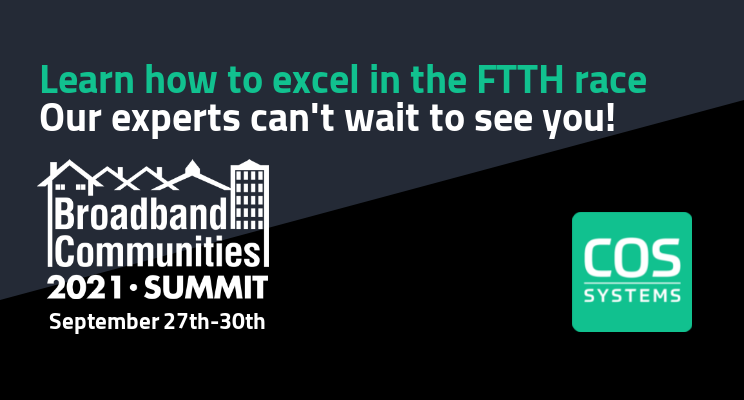Partnership to optimize network construction in line with customer demand and priority service zones, capitalizing on forecasted ~$100B near-term investment in network infrastructure.
Denver, Colo. – January 28, 2021 – Communication Service Providers (CSP) across North America and global markets will now be able to harness real-time, geospatial data to streamline customer sign-up to connection experience and significantly reduce network build-out duration.
Today COS Systems, provider of market-leading software platforms COS Business Engine and demand aggregation platform COS Service Zones, announced a partnership with Render Networks (Render), an innovative Digital Network Construction platform, to optimize the end-to-end delivery of fiber and wireless networks.
With escalating consumer expectations for connectivity and the forecasted $100B near-term investment in network infrastructure, optimal delivery is critical. The industry is looking to efficiencies and ‘best-of-breed’ technologies to accelerate broadband accessibility. This newly formed digital alliance and fully-integrated approach break through traditional network rollout constraints with proven demand, deployment, and network services management technology.
Together, COS and Render enable CSPs to quantify demand, build dynamically in response to evolving priorities, and – with real-time geospatial insights – dramatically improve deployment durations and connection experiences.
The COS software suite provides a customer and revenue-focused approach to network rollouts. COS Service Zones covers everything from initial broadband surveying to driving demand with pre-sign ups that inform deployment priorities. COS Business Engine provides customer-centric delivery of services, from the initial installation of equipment to a self-service marketplace that supports True Open Access Network, increasing customer choice while maximizing network utilization and revenue.
Render’s Digital Network Construction platform converts network designs to sequenced tasks for field crews and enables construction teams to build based on optimal build scenarios without manual, paper-based processes. Accurate as-built data is progressively collected and readily integrated into downstream systems, including COS Business Engine.
“With skyrocketing demand for connectivity and bandwidth, our industry is looking for solutions to rapidly deliver network infrastructure. Previous regulatory and funding constraints have subsided, and it’s incumbent on us to collaborate and seamlessly integrate to enable CSPs to achieve their network objectives.
At COS Systems, we’ve spent more than a decade automating traditional network processes. By integrating with Render, the industry has a highly automated network deployment and operations solution generating significant efficiencies for fiber and wireless projects.” said Isak Finer, CMO & VP North America at COS Systems.
“Given the pace at which the industry needs to deliver these networks, the ability to dynamically build for the greatest potential return has never been more important or achievable with the integration of our respective innovations,”
“Customer expectations are rising, and a digital-first demand to delivery approach can achieve significantly faster network ROI. We’re thrilled to partner with the team at COS Systems to accelerate the delivery of critical communications infrastructure at a time when it’s needed most.” said Sam Pratt, CEO for Render Networks
Both organizations are founding members of the Digital Network Alliance; best-in-class technology innovators with a shared mission to make available an integrated, end-to-end digital value chain for communications infrastructure planning, delivery, and operations.
About COS Systems
COS SYSTEMS is a leading provider of software to plan, deploy and operate modern broadband networks that support services from one or more providers, using a powerful yet simple self-service interface. Specializing in True Open Access Networks, COS Systems takes customer needs and delivers innovative software solutions that streamline operations, accelerate revenue, and deliver more satisfied subscribers. Learn more about COS Systems.
About Render Networks
Founded in 2013 with a mission to build networks better, Render has a successful history of streamlining large-scale network construction for network operators and construction teams across Australia and the United States. Utilizing GIS, mobile and automation technologies, Render’s Digital Network Construction approach solves the complexities associated with network deployment by digitizing design and construction workflows and eliminating manual hand-offs. Render converts a complex network design directly into simple tasks, defined on a map-based interface and sequenced for optimal delivery, resulting in cost and time efficiencies of up to 50 percent. Real-time, geospatial data provides a single, integrated view of progress to all stakeholders, improving project visibility and control across network rollouts.
For more information about Render, visit www.rendernetworks.com and follow Render on LinkedIn and Twitter
For additional information contact:
Isak Finer
CMO & VP North America
COS Systems
+1 (540) 988-3224
isak.finer@cossystems.com
www.cossystems.com

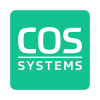



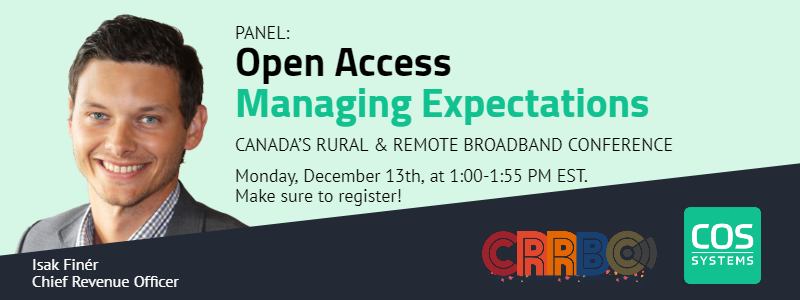
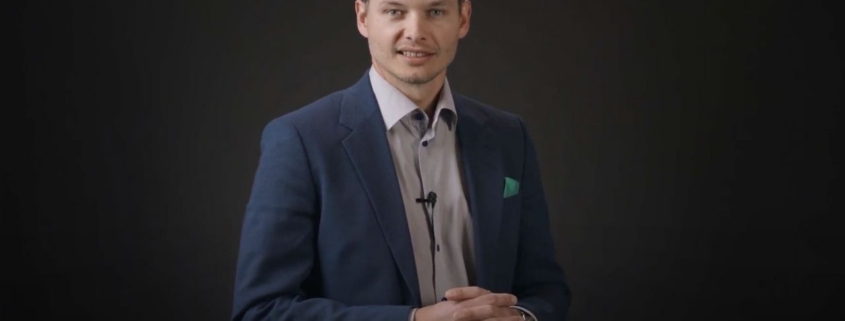


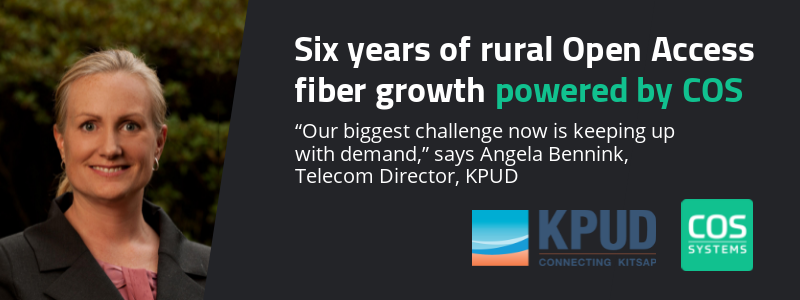

 This screenshot shows the installer’s view of the installation workflow. The customer and service location information is there and also the status of each and every task in the installation workflow.
This screenshot shows the installer’s view of the installation workflow. The customer and service location information is there and also the status of each and every task in the installation workflow.
